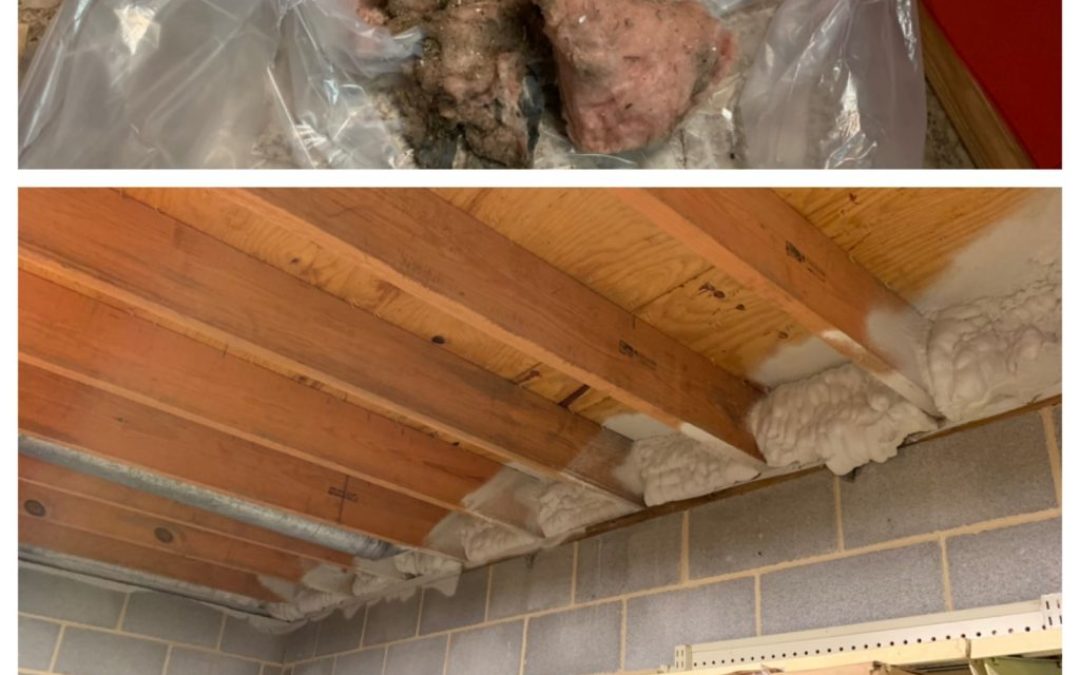
The air we breathe and why design matters
We have never thought so much about the air we breathe as we do now. After a year of working remotely, I returned to the office this week, sharing space with four other businesses. I also had a few people drop-in, from delivery drivers to clients to friends that I had not seen in a year. This was a huge change after a year of almost never leaving my house. Of course, after this past year of a virus that spreads through airborne particles, this is a huge change. The air we breathe has a direct impact on our health and therefore the design of our buildings matters.
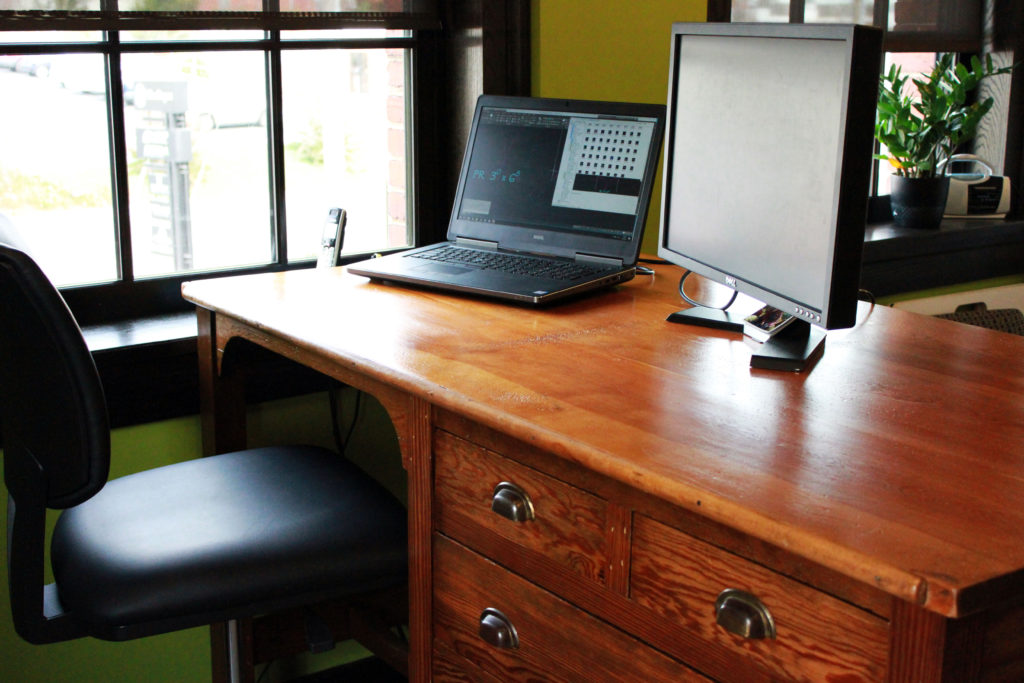
Indoor air can be very unhealthy, even outside of virus spread. Smoke, mold, and chemicals along with other people contribute to what is in your air. All of these things in your air can be harmful to human health. When you think of air pollution you often think about smokestacks on industrial building sites or car exhaust. However, that is just a small part of the picture.
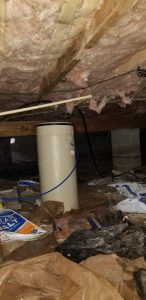
The air in your home comes in and gets trapped inside. It comes in when you open doors and windows of course, but it also comes in through your walls, crawl space, and attic. When the wind blows on one side of your home that exterior wall becomes positive pressure and the opposite wall becomes negative pressure. This pulls and pushes air through every gap and cracks in your house. This makes your insulation, carpet, drywall gaps, window edges your air filter – air filters that never get changed or cleaned.
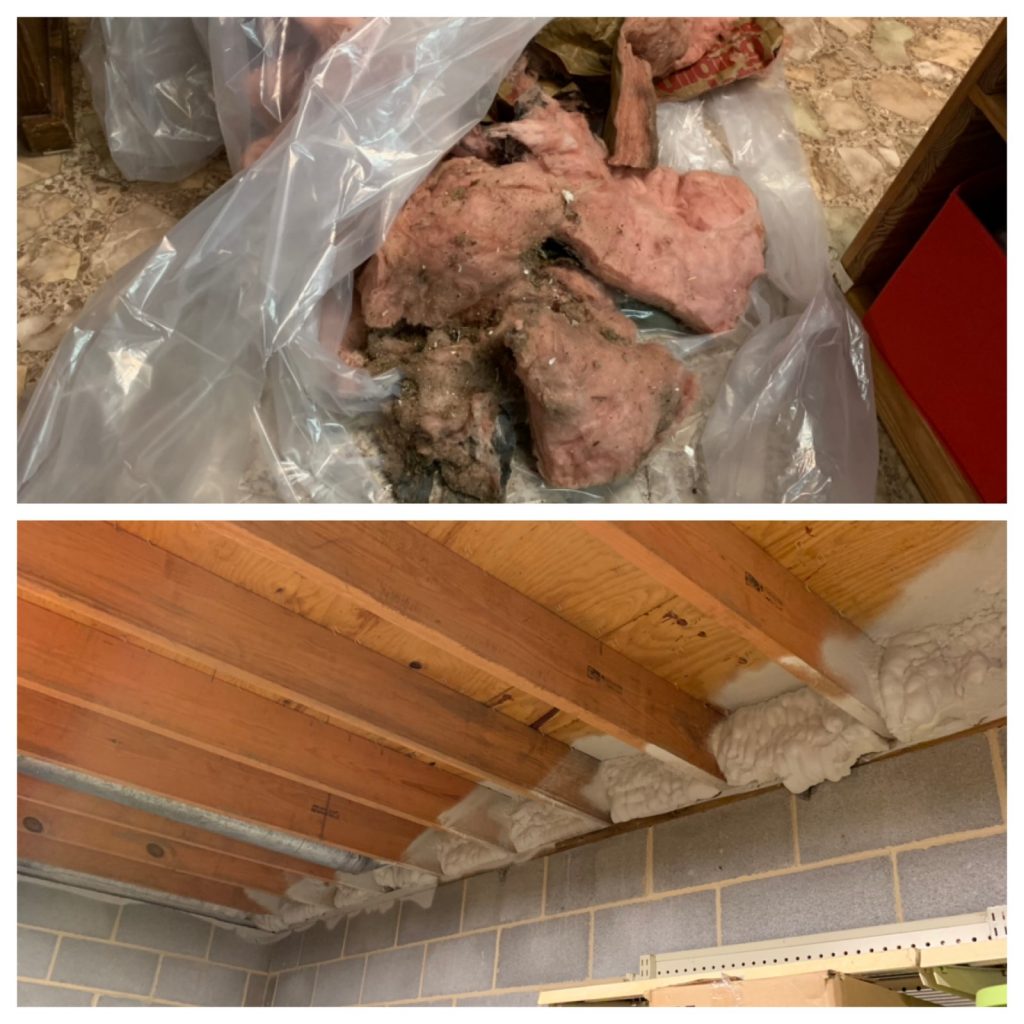
Air is lazy, it looks for the easy path to escape. Easy gaps like electrical outlets, light switches, attic access all become paths for air to come into the house, bringing with it humidity, spiders, pollen, dust, and dirt. Your ductwork run in unconditioned spaces also becomes a conduit for dirty air bypassing the filter intended to clean your air.
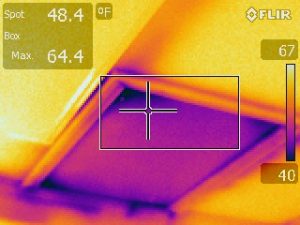
Chemicals in your building products are released into your air and you breathe them in. NO-VOC paints have become really popular, but not the only option. Off-gassing from glues, furniture, clothing, cabinets, paints, cleaning supplies, detergents, and even food are released into the air of your home causing a chemical cocktail that has impacts on your health.
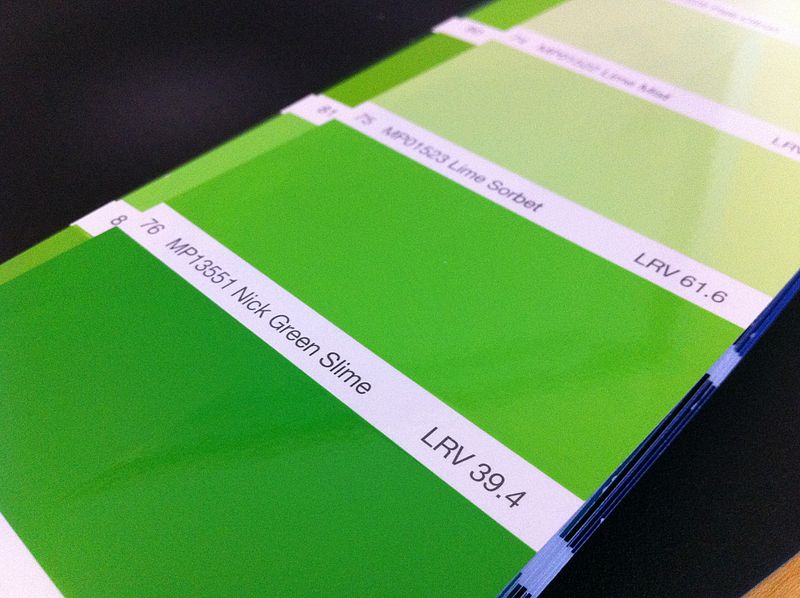
When we design a custom home I always encourage our clients to allow us to write a project manual setting the performance standards for the HVAC system, airtightness of the thermal envelope and protects the inhabitants of the home. This performance standard is a critical element to protect the homeowner and to set the standards for the builder to complete. Without this document, you are leaving these performance standards to the builder and his subcontractors. While they may also be very concerned about indoor air quality, their priority is to make sure you are comfortable which is the source of most client’s perception of quality. We need to raise the bar and also talk about the air we breathe and the importance of setting high standards for indoor environmental quality.
